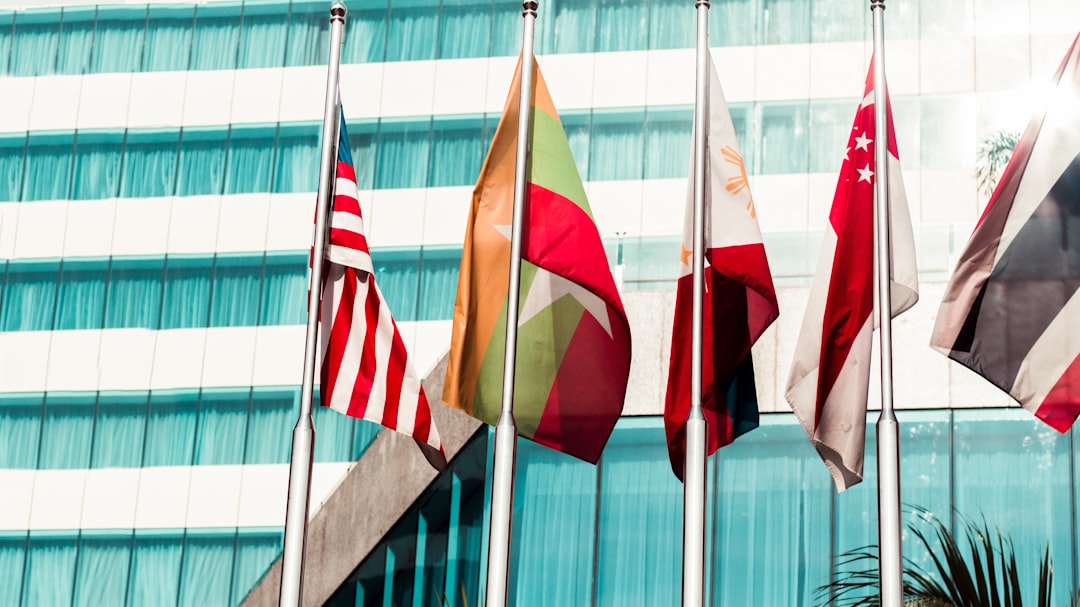What is it about?
This article follows two migrant boys from Arab background - a Syrian boy in Lebanon, and a Palestinian boy in the UK to understand how the migration environment affects children's future prospects. Diverting from the grand narratives of humanitarian assistance, the research is firmly child-centred. By sharing with us the screen and digital media they use, they express how the conflicts are shaping their world-views, identities, and their future prospects.
Featured Image

Photo by Rene Bernal on Unsplash
Why is it important?
The article reveals how children's daily media use can be a unique window to understanding how the migration environment shapes their life chances and future prospects. It offers sobering insights to policy makers and service providers on the importance of adopting a child-centred approach to support for future generations.
Perspectives
This piece was one of the most heartfelt research experiences I had. All the accounts are drawn from ethnographic research spent with the children and their families. Over two summers, I visited them regularly and spent invaluable time playing with the children and sharing their favourite screen and digital media. I am immensely thankful to the children and their families for inviting me to their homes and trusting me with their worlds, hopes, and realities. With thanks to the University of Westminster's Arab Media Centre research team and the AHRC for supporting this research.
Nisrine Mansour
Read the Original
This page is a summary of: Unmaking the Arab/Muslim Child, Middle East Journal of Culture and Communication, March 2018, Brill,
DOI: 10.1163/18739865-01101006.
You can read the full text:
Contributors
The following have contributed to this page










